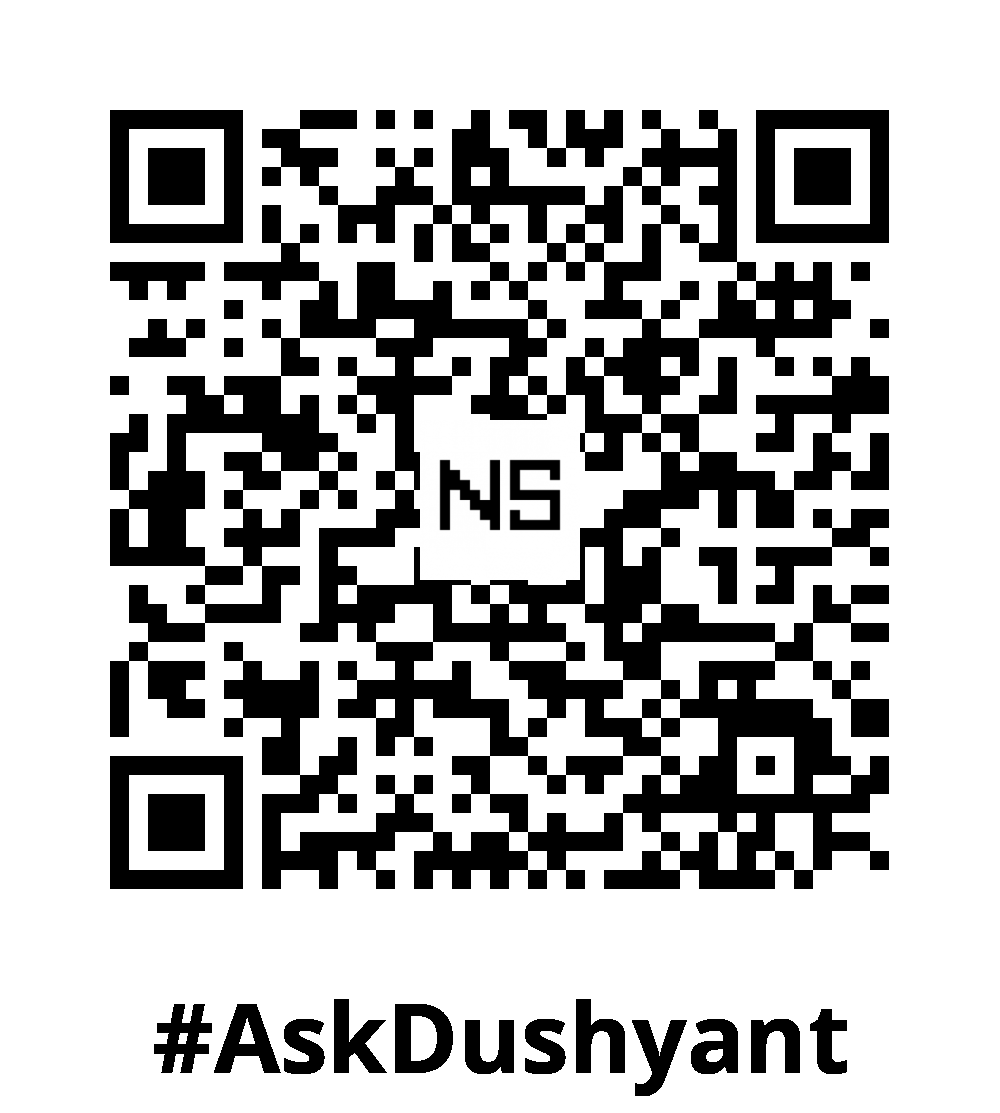In network programming, sockets are fundamental. If you’ve ever written code for the frontend or backend, you’ve likely used sockets indirectly. Whether you’re building a simple chat app, a powerful web server, or a complex distributed system, understanding sockets is essential. With over 18 years of tech experience, I can attest that most master-slave architectures rely heavily on socket programming. This tech concept, will explore the concept of sockets in detail, explaining how they work and providing sample code to demonstrate their usage.
Quick Overview
A socket is essentially an endpoint in network communication. It’s the bridge that allows data to flow between different processes, whether they’re on the same machine or distributed across the globe. Think of a socket as a telephone—just as you need a phone at both ends to have a conversation, you need a socket on both the client and server sides to facilitate network communication.
Breaking Down the Socket: IP Address and Port Number
To fully grasp sockets, we need to understand the concept of an endpoint. An endpoint is defined by two key components:
- IP Address: The unique address of a machine on a network. It’s like the street address of your home, ensuring that data reaches the correct location.
- Port Number: This number identifies a specific service or process running on the machine. Just as your home might have multiple rooms, each serving a different purpose, a machine can have multiple services running on different ports.
Together, an IP address and port number form an endpoint. When two machines communicate over a network, data is exchanged between these endpoints.
Why Endpoints Matter in Networking
Endpoints are crucial because they allow multiple services to run on the same machine without interfering with each other. For example, a single server might be running a web server on port 80 (HTTP), an email server on port 25 (SMTP), and a database on port 3306 (MySQL). The IP address remains the same, but the port numbers differentiate these services, ensuring that data is routed correctly.
Open Ports: The Gateway to Communication
An “open port” is a port that is actively listening for incoming connections. It’s like leaving your front door open, ready to welcome visitors. However, just like in the real world, leaving doors (or ports) open can pose security risks. Open ports can be entry points for unauthorized access if not properly secured, making network security a top priority in any application.
Socket Programming: Bringing It All Together
Now that we understand the theory, let’s see how this works in practice. Below is a basic example of socket programming using Python. This example demonstrates a simple client-server model where the client sends a message to the server, and the server echoes it back.
Server Code (Python)
import socket
# Create a TCP/IP socket
server_socket = socket.socket(socket.AF_INET, socket.SOCK_STREAM)
# Bind the socket to the address and port
server_address = ('localhost', 65432)
server_socket.bind(server_address)
# Listen for incoming connections
server_socket.listen(1)
print("#AskDushyant #NextStruggle For more insightful tech blogposts, visit: https://www.nextstruggle.com")
print("Waiting for a connection...")
connection, client_address = server_socket.accept()
try:
print(f"Connection from {client_address}")
while True:
data = connection.recv(1024)
if data:
print(f"Received: {data.decode()}")
connection.sendall(data)
else:
break
finally:
connection.close()Client Code (Python)
import socket
# Create a TCP/IP socket
client_socket = socket.socket(socket.AF_INET, socket.SOCK_STREAM)
# Connect the socket to the server's address and port
server_address = ('localhost', 65432)
client_socket.connect(server_address)
try:
message = "Hello, Server!"
print(f"Sending: {message}")
client_socket.sendall(message.encode())
# Look for the response
data = client_socket.recv(1024)
print(f"Received: {data.decode()}")
finally:
client_socket.close()How This Code Works
- Server Code: The server creates a socket, binds it to a specific IP address and port (
localhost, port65432), and then listens for incoming connections. Once a client connects, the server receives data, prints it, and sends it back to the client. - Client Code: The client creates a socket and connects to the server’s IP address and port. It sends a message (“Hello, Server!”) and waits for the server to echo the message back.
Purpose and Usage of Sockets
Sockets are the foundation of network communication. Here’s where they are commonly used:
- Web Servers and Browsers: When you access a website, your browser (the client) opens a socket to connect to the web server’s socket. The server sends the requested web pages back through this socket connection.
- Chat Applications: In a chat application, sockets are used to send and receive messages between users in real-time.
- File Transfer: Sockets enable the transfer of files between devices, such as when you upload a file to a server.
- Distributed Systems: In complex systems where different components need to communicate across networks, sockets are used to exchange data.
My Tech Advice: I emphasize that mastering sockets unlocks a wide range of possibilities in tech development. Whether you’re developing applications that require real-time communication, data transfer, or distributed processing, sockets will be a critical tool in your programming arsenal. By understanding endpoints, open ports, and how to implement sockets in code, you can build a wide range of networked applications, from simple chat programs to complex distributed systems. Happy Coding! 🧑🏻💻
#AskDushyant
#Socket #Networking #Port #IPAdress #CodeSnippet #Communication
Note: This code has been tested with Python 3.10. Feel free to customize it to suit your needs.


Leave a Reply